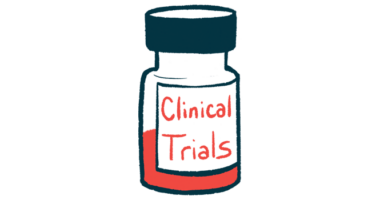FAQs about familial ALS
Amyotrophic lateral sclerosis (ALS) is considered familial if it affects more than one person in the same biological family. This typically occurs in about 10% of ALS cases. If a person living with ALS has no known family history of the disease, it is considered sporadic ALS, meaning it occurs randomly.
For most people with familial amyotrophic lateral sclerosis (ALS), symptoms first appear between the ages of 40 and 60. However, all patients have a different experience with ALS and there can be substantial variation in age of onset from person to person.
Disease progression for someone with familial amyotrophic lateral sclerosis (ALS) can vary considerably, depending in large part on when symptoms first appear and the specific ALS-related mutation the individual has. Life expectancy is extremely variable from person to person, but most people with familial ALS do not survive beyond two years after the initial onset of symptoms.
There is no cure for any form of amyotrophic lateral sclerosis (ALS). However, there are available treatments that can help to slow ALS progression and extend survival, as well as therapies that can make the disease’s symptoms more manageable.
Treatment of amyotrophic lateral sclerosis (ALS) is basically identical for both familial and sporadic forms. Generally, patients receive medications that aim to slow disease progression, alongside other therapies that work to ease symptoms and improve comfort. There are some investigational therapies that target specific disease-causing mutations in some forms of familial ALS, but these are still in experimental stages.
Related Articles

 Fact-checked by
Fact-checked by 




